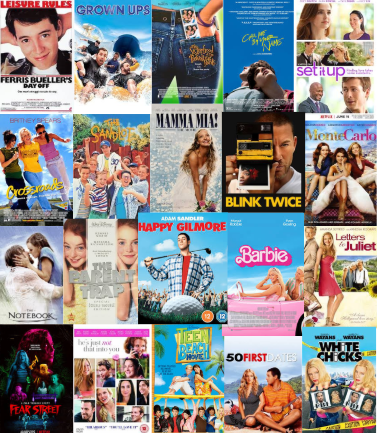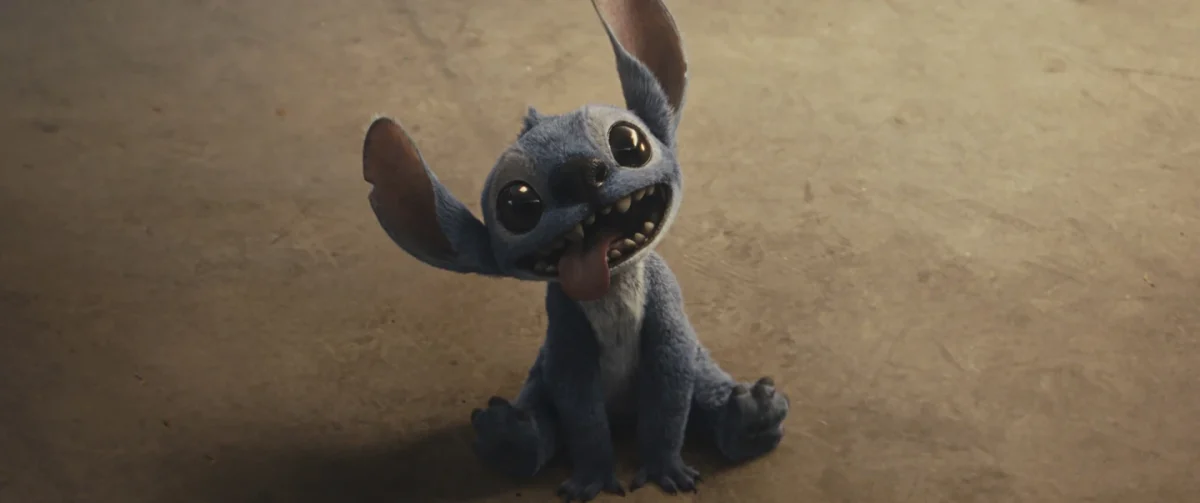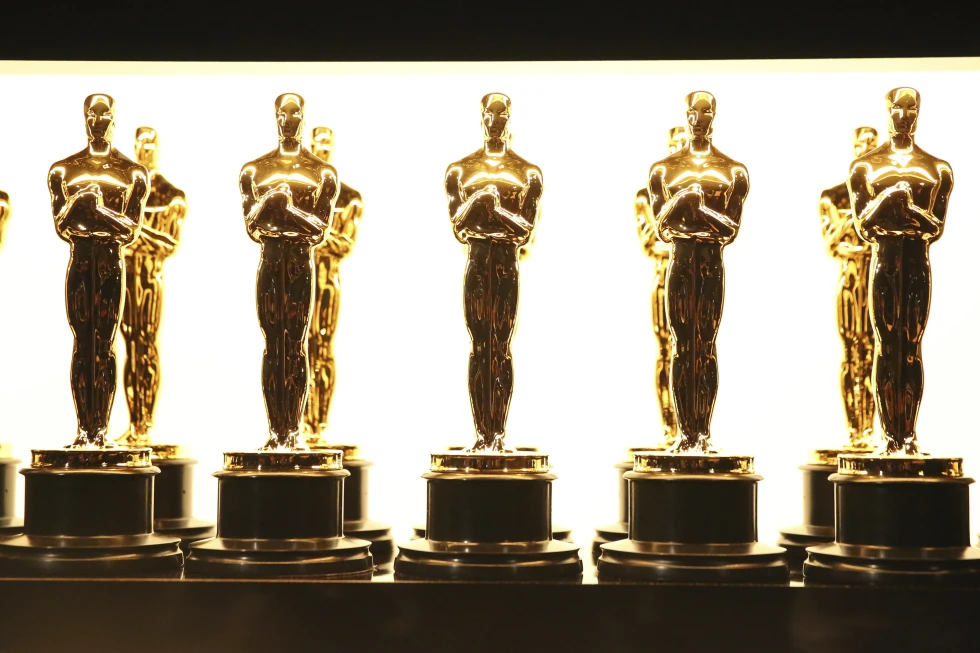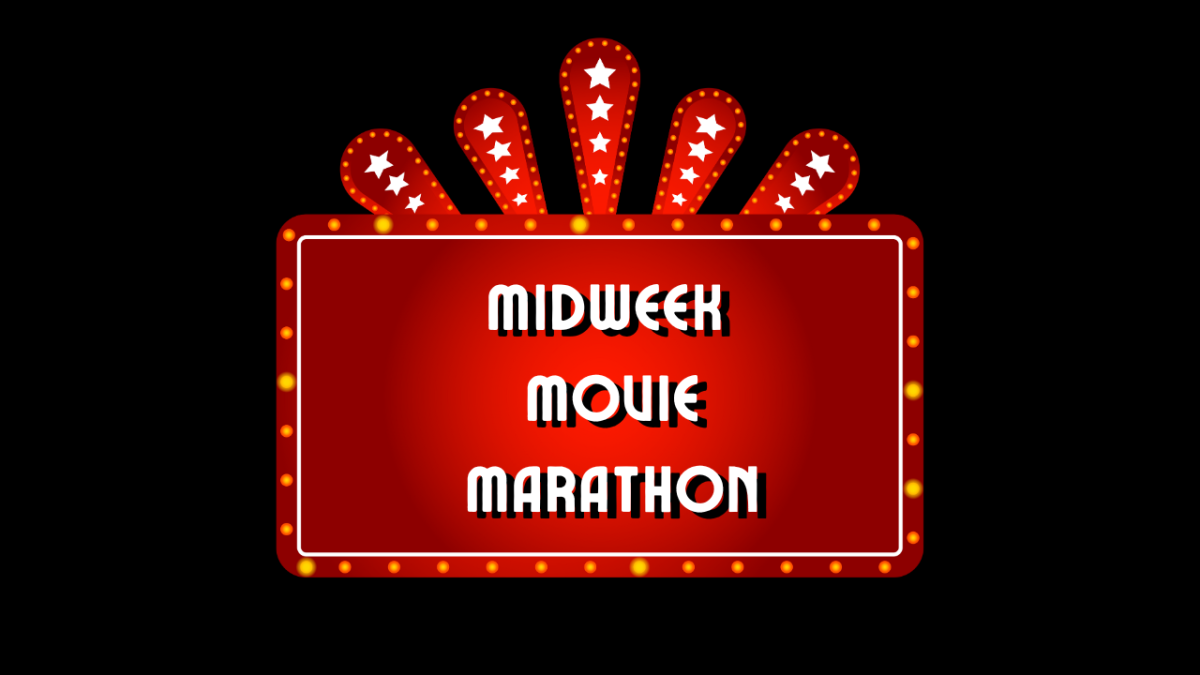Breaking the Boundaries of an Era
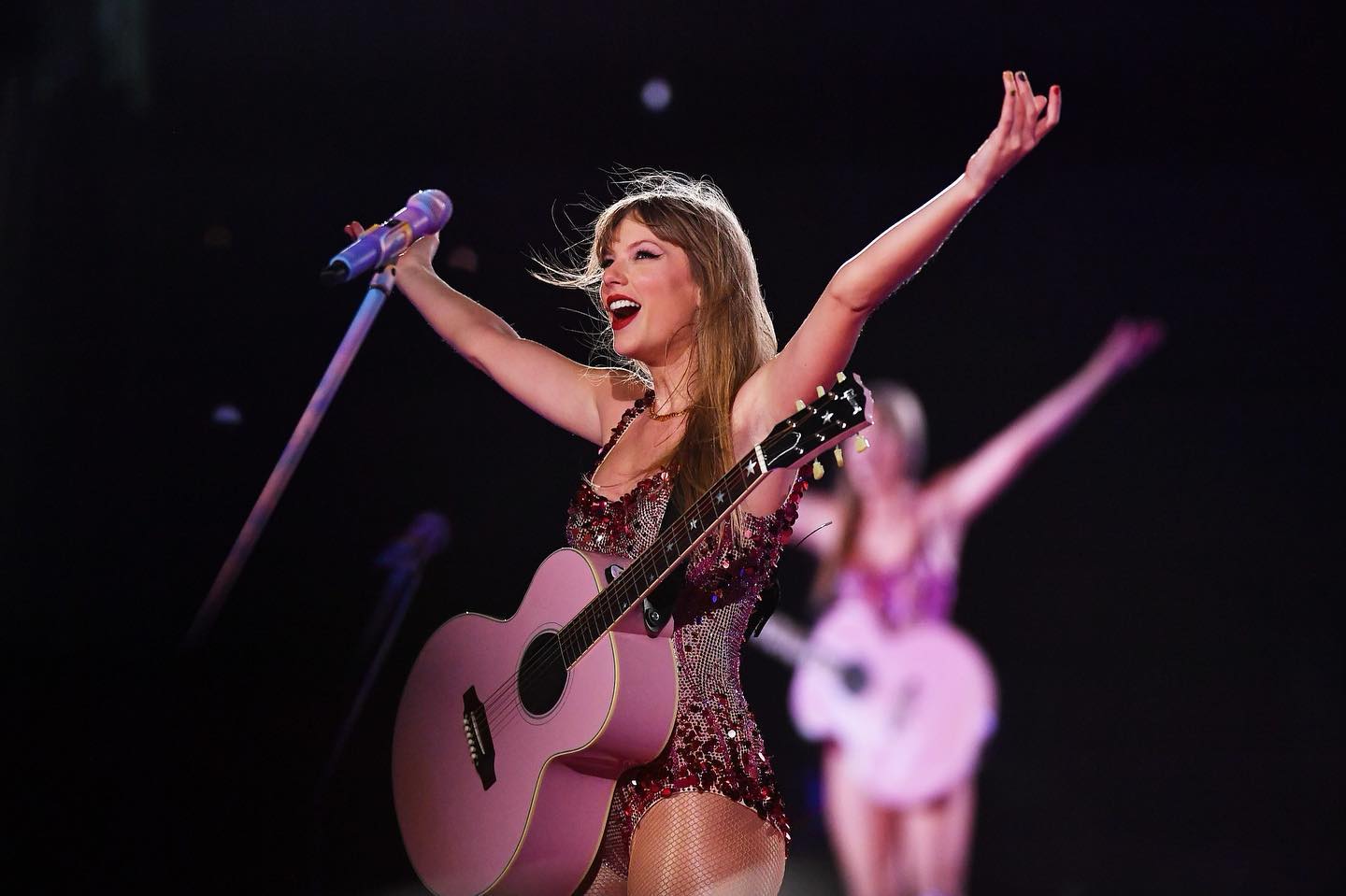
Defining the musical summer of 2023 and dominating the music industry, it was no surprise when she was the first entertainer to be named Time Magazine’s “Person of the Year.” Taylor Swift has not so stealthily taken the world by storm.
Now, Swift’s latest tour is quickly becoming one of the most coveted experiences of her career.
Beginning Mar. 17, 2023, the show spans seventeen years of music, in total nine albums. Each album is an “era,” as named by the fans, with a certain aesthetic and sound. The show progresses from album to album, following this order: “Lover,” “Fearless,” “Evermore,” “Reputation,” “Speak Now,” “Red,” “Folklore,” “1989,” and “Midnights.”
Furthermore, Swift performs “surprise songs” between “1989” and “Midnights.” The “surprise songs” are additional songs that are not included in the original setlist. Each night, Swift selects two songs to perform on acoustic and piano. This tradition has become a great obsession of many fans, prompting TikTok and Instagram content creators to keep track of the “surprise songs” each night.
Now the tour has moved to a more accessible medium as a concert film. “Taylor Swift: The Eras Tour” is front of house seating to “The Eras Tour.”
I never know if it’s okay to say it — but I’m a Swiftie. So when the live Eras Tour was announced, you can imagine my excitement.
Except there were limited tickets, millions of people racing for them — and a crashed website. Yes, I was one of those people cursing the StubHub resellers — people who would resell tickets for hundreds to thousands of dollars.
Then comes this anticipated experience called “Taylor Swift: The Eras Tour,” and once again, I charged the AMC website, this time successfully securing five tickets.
I viewed this film with two of my best friends. None of us had been able to get tickets to the live show, but we had seen snippets of livestreams off of TikTok. This would be the first time we saw it in full.
The theater was packed, we had our friendship bracelets, the anticipation was palpable — and by the end, I definitely had something to say about it.
To open, a large clock counts down from a few seconds — a shortened version of what attendees would experience while waiting in their seats. Immediately after the clock reaches zero, the stage and audience become an active part of the performance.
Light up bracelets, acquired through attendance, sparkle from below the hovering camera. Throughout the show, these bracelets change color and form shapes, strobing and twinkling to produce a galactic view.
Imagine that, then add the interactive stage — a dancer in its own right.
Following cues from Swift and the specific era, the stage screen transforms the traditional slideshow of videos and pictures into an extension of Swift herself. For example, props on the stage melt into the screen, creating a deeper visual.
A distinctive moment involved the “Delicate,” stage cracks, where Swift would place a firm boot on a mark and cause the stage to splinter toward the center behind her. From Swift “diving” into the stage, to the house from the “Lover” music video, the stage submerges the audience fully into the experience.
The costumes demand fascination. Each dancer fits with the era’s color scheme while also adding more insight to the aesthetic.
A personal favorite was the “Reputation” designs. Swift’s black body suit consisted of a one legged sleeve with red snake-like patterns wrapping around her body. The dancers each had their own style — a mix of black mesh and missing fabric interwoven with red. It’s an individual take on the black and white newspaper of the “Reputation” album cover, but it adds another palette to consider.
In addition to the costumes, physical props gave life to elements in each era. The first featured structure was a corporate office — complete with flying papers and industrial desks — in the “Lover” era, in tandem with the powerful anthem, “The Man.” It kicks off the show with a notion that this is no ordinary concert, but a music industry spectacle.
These props added a sense of novelty to the show — the debut of familiar, imagined icons in physical form. With each coordinated prop came a deeper sense of immersion that takes the attendee further into the aesthetic and mind of Swift.
Remembering every step to each song is impressive. It’s impressive not only when it comes to Swift’s own memory, but the apparent mind-reading abilities from the dancers is also admirable.
Each dancer is versatile in switching from era to era, catching the essence of each one. The dancer’s choreography is very expressive, even their facial expressions match the mood.
Of course, the woman of the show, Swift, rose beyond her previously set standards in the Reputation Stadium Tour while engaging with the fans and camera.
She performs with a casualness, combining formidable choreography with her everyday mannerisms. In time, you come to recognize her random tics as the show progresses — such as throwing her hip to one side while flipping her hair to the other, or haphazard hand flicks and pointing.
If you’ve been a fan of Swift for a while, you’ve heard the critical comments about her dancing — how they come off as awkward and not fitting with her vocal talent. However, her “awkwardness” only continues to endear her when she wiggles her hips and scrunches her nose. You only get the best when Swift performs.
By the end, this film left me itching to see the real show, but it was a satisfactory substitute. Sitting in that theater with the other fans, not to mention the thousands on screens, prompted me to consider my relationship with her music.
I came to this conclusion: I am possessive over my favorites. I feel threatened by others liking the same thing, because they can’t possibly feel the same way. But that’s just it: they don’t feel the same way. Nobody can feel the same way because we all have life experiences that change our perspective on her work.
When I listen to others talk about their experiences with Swift’s music, and what this tour means to them, I learn to appreciate songs through other’s perspectives. That’s what “The Eras Tour” represents.
An “era” is a time period with a very clear start and ending point. An “era” has set traits, destinies and expectations.
Taylor Swift takes all these eras and blends them together into one person — allowing her audience to see that it’s okay to accept your past selves, but also move on to your future selves.
This is what makes the accessibility of the film so influential — Swift’s work gives a silent permission to break the boundaries of your own eras.
Your donation will support the student journalists of Loudoun Valley High School. Your contribution will allow us to purchase equipment and cover our annual website hosting and publishing costs.



